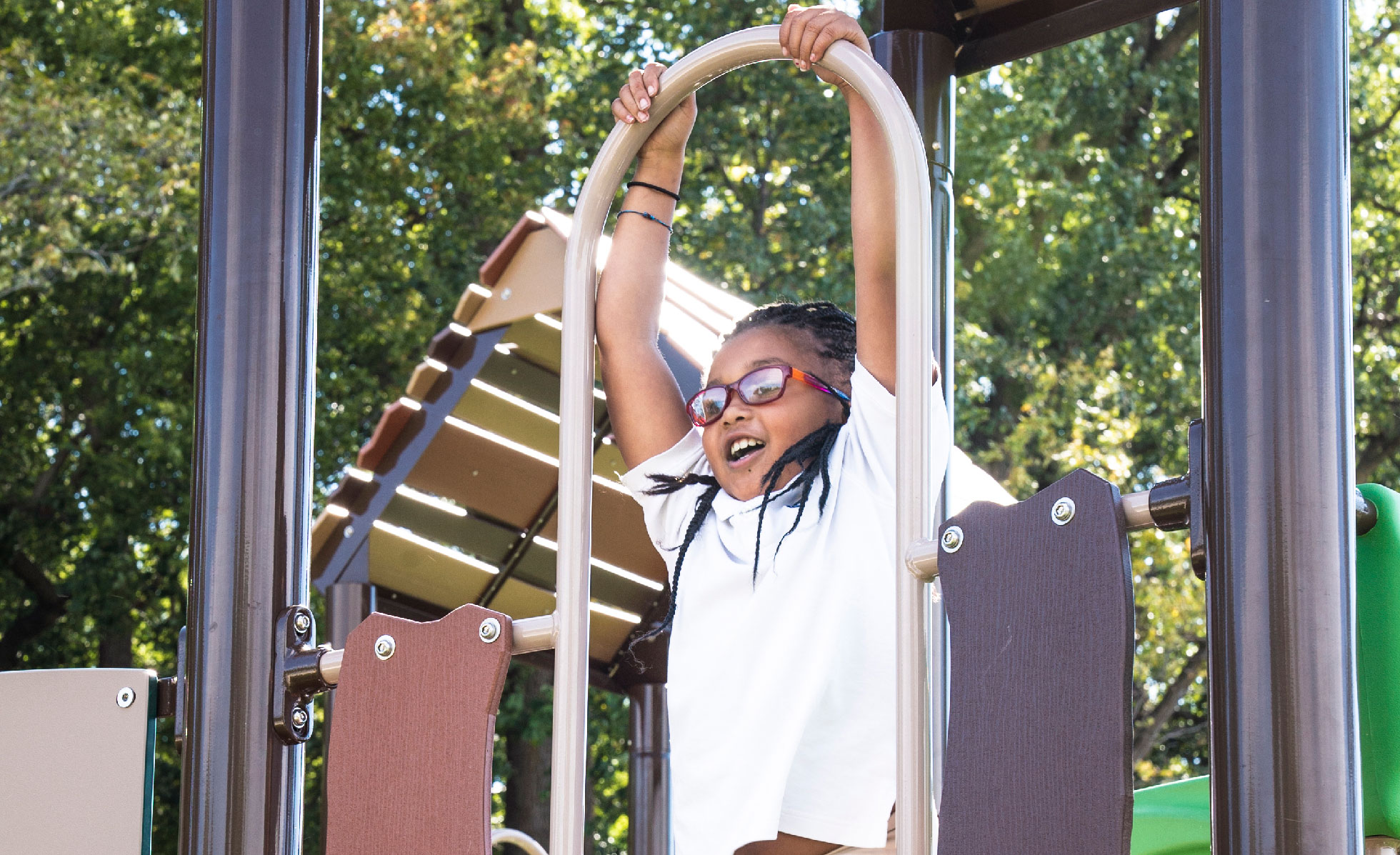Fall Height
Playground design trends have been evolving to include higher and more complex structures, which require testing and certification of the surfacing material to higher fall heights to ensure the safety of our children.
As part of the National Study of Public Playground Equipment and Surfacing, the National Program for Playground Safety conducted safety testing on various playground surfacing materials to study injury rates at different fall heights. The results show an increase in head injuries as fall heights increase.
Issues associated with unsafe impact attenuation scores sharply increase the risk of skull fracture, traumatic brain injuries (TBI / concussions), or brain hemorrhage.1
Our study also revealed that equipment above 8 feet has close to three times the injury rate when compared to shorter/lower equipment.2
At higher fall heights, the playground surfacing is more likely to be found non-compliant with the current ASTM F1292 standard. For instance, loose fill surfaces evaluated by NPPS in the field demonstrate exceptional compliance at fall heights below 9 feet, with a marked decrease in compliance above 9 foot fall heights. Unitary surfacing products demonstrated a decrease in compliance with ASTM playground surfacing impact attenuation standards at fall heights above 6 feet.3
We recommend limitations on playground equipment height, and stricter standards for loose-fill surfaces (sand, pea gravel, crumb rubber, wood products) used with equipment above 9 feet , and unitary surfaces (rubber tile, poured-in-place) for equipment above 6 feet. We also remind that playground surfacing material must be adequately maintained and its performance periodically verified.
- Lina Pelenyte‐Vyšniauskiene & Algirdas Jurkauskas (2007) The research into head injury criteria dependence on car speed, Transport, 22:4, 269-274
- Laforest, S., Robitaille, Y., Lesage, D., & Dorval, D. (2001). Surface characteristics, equipment height, and the occurrence and severity of playground injuries. Injury Prevention, 7(1), 35–40. http://doi.org/10.1136/ip.7.1.35
- Olsen, H. Kennedy, E. (2018) Report for National Study of Public Playground Equipment and Surfacing, FY – 17. Delivered to U.S. Consumer Product Safety Commission.

